Robinson Crusoe Island, Chile (2019)
After a very rough crossing of more than 400 miles we arrived in Cumberland Bay by Robinson Crusoe Island at dinnertime on January 23. We were scheduled to arrive on the 24th but the Captain took it at high speed to minimize the bad weather and rough waters, and once we reached the bay everything turned pretty calm. The craggy peaks and green valleys of the island were quite beautiful as the sun went down.
This island is one of three in the Juan Fernandez Archipelago, named for . . . you guessed it, Juan Fernandez, who first discovered it in 1574. The islands were uninhabited and there is no evidence that humans had ever been there before. He named this island “Mas a Tierra,” which means closer to land, and the second largest island Mas Afuera (Farther out). Pirates and buccaneers used it as a refuge & watering spot off and on for many years, then the Spanish took control in the mid-18th century & used it as a penal colony. The first permanent settlement, San Juan Bautista, wasn’t established until the second half of the 19th century.
If you have read the novel Robinson Crusoe by Daniel Defoe you know that it is actually set far from here on a fictional island in the Caribbean. While there is no direct evidence for this, many think that the ordeal of a buccaneer named Alexander Selkirk was the primary inspiration for Defoe’s novel. Apparently something of a pain in the rear, Selkirk kept complaining about the condition of his ship. So the captain put him ashore on this island alone with very few supplies. He lived here for four years and four months before being rescued by a British ship in 1709. He ate fish and goats, which had been introduced to the island by Juan Fernandez, and reputedly climbed the mountain every day to scan for ships. Bad as this was, Selkirk was lucky for he was right about the ship he was on: it sank a month after he was marooned taking the lives of many of the crew.
After his rescue Selkirk returned to buccaneering, dying of fever in the tropics 14 years later. A book about his experience was published in 1712, just a few years before Robinson Crusoe. So in 1966, in a blatant attempt to exploit this history for tourist dollars, the government of Chile changed the name of Mas a Tierra to Robinson Crusoe Island and the name of Mas Afuera to Alexander Selkirk Island. There you have it: Robinson Crusoe never set even a fictional foot on Robinson Crusoe Island and Alexander Selkirk never set foot on Alexander Selkirk Island.
But we did set foot on Robinson Crusoe Island. After breakfast on January 24 we boarded a tender that took us to the pier at San Juan Bautista. Almost everyone in the archipelago lives in this town, some 800 people.
Our first stop was in the town square right next to the pier, probably called the Plaza de Armas. Here are a few small shops and a bust of our old friend Arturo Prat, the hero of the Battle of Iquique.
These islands are more than 400 miles from the nearest mainland, so it isn’t surprising that it is home to many endemic plants and animals that can be found nowhere else. Among the animals are the Juan Fernandez fur seal, hunted almost to extinction in the 18th century but now making a successful comeback, and the Juan Fernandez Firecrown, a tiny hummingbird. We didn’t see either of these during our visit, but the Firecrown fertilizes and feeds on the nectar of the Cabbage Tree, an endemic tree related to the sunflower that is only found on this island (there are unrelated plants elsewhere with the same name). Both the hummingbird (of which only about 200 are left) and the tree are endangered species; we did see some cabbage trees in the town square, blooming with large yellow/orange flowers. Alexander Selkirk ate these when he couldn’t find goats. Some 70% of the approximately 200 native (ie. not introduced by man) plant species on the island are endemic, found nowhere else. As you will see, we saw quite a lot of flowering plants during our visit, but we have no idea which ones are endemic, other than the cabbage tree.
In 2010 the town of San Juan Bautista was mostly destroyed by a tsunami estimated between 10 and 30 feet. About 16 people were killed (10 known dead and 6 missing) and all the buildings were flattened. It would have been much worse, but a 12 year old girl noticed the water receding from the bay and knew that was a sign of an impending tsunami. She rang the emergency gong in the town square in time to save the lives of most of the inhabitants. On our visit the town looked like it was mostly rebuilt, but tsunami evacuation routes are plainly marked and they are pretty steeply uphill so it wouldn’t take long to reach safety with a little advance warning.
We walked down to the end of the town and visited the cemetery. It is in a beautiful spot, with cliffs on one side and the seashore on another. It is not crowded, we understand, because a number of graves were washed away by the tsunami. Here there is a memorial for the 16 people lost in the tsunami.
Walking a short way down past the cliffs beyond the cemetery we came to the small lighthouse and a wooden platform built up against the cliff. In 1914 a German navy squadron under Admiral von Spee (of whom we will hear more in a later episode) gathered here before defeating the British at the Battle of Coronel off the coast of Chile. They continued on to the Falklands where British cruisers sank most of them. The Dresden, the only German cruiser to survive that battle, returned here in the beginning of 1915 and was cornered in the bay by the British. Rather than allowing the British to seize their ship the Germans scuttled it, and it still sits deep under the water about 700 yards from this wooden structure. A number of the Dresden’s sailors (either killed in battle or settled here after the battle and died later, depending on the source) are buried in the cemetery with a stone memorial maintained by the Chilean navy. We have read that you can still see unexploded shells embedded in these cliffs, but we did not (we must have unknowingly walked right past them).
Having pretty much exhausted the town, we walked back to the central square & began walking up one of the mountain paths that might take us to the old fort. Instead, we ended up at a nice scenic overlook complete with park bench. On the way there we passed quite a few interesting flowers.
Still determined to find the fort, we walked back down the path and took the other fork. A fellow came out on his porch a good ways away and showed us two spiny lobsters he had caught. He was far away and the picture isn’t very clear, but it was a cool moment and it’s the only one we have. These lobsters are among the mainstays of the island, not only consumed locally but exported to mainland Chile. We saw a few passengers on the porch of a small guesthouse on one of the mountain paths enjoying one.
Fort Santa Barbara was built by the Spanish in 1749 to protect the island from pirates and privateers. We have read that it was heavily restored in 1974, so we don’t really know what it looked like originally. Today it is basically a large grassy platform supported by stone retaining walls containing several old cannon, which may be the original ones. It has a very nice view of the bay (which it would need to fend off pirates) and is surrounded by a lot of flowers, some of which we have seen before.
After leaving the fort we tried to climb up to Mirador Selkirk, the spot where Alexander Selkirk reputedly watched for ships every day. It was pretty steep, though, and got much steeper. Not only that but there was very loose dirt & gravel, so every time we took a step up we would slide right back down. So we gave up on that (good thing since it would have been a much longer climb than we anticipated) and hunted out the Cuevas de los Patriotas (caves of the patriots). We could see them above the town, but getting there involved climbing some hazardous wood and dirt steps that had been badly eroded, presumably by rain. The story of these caves is unusually confusing because different sources give different accounts. They were certainly inhabited by some soldiers in 1814. Some say these were Spanish patriots who fled the mainland after Chile declared its independence. Other sources say these were Chilean patriots removed to the island by the Spanish. Take your pick. Whoever they were, they soon tired of living in caves but we don’t know whether they settled there or found another way out.
And so we ended our visit to beautiful and isolated Robinson Crusoe Island and tendered back to the ship to await the sail away. If you are a nature lover (who isn’t ?) & your legs are up to a challenging climb, this would be a lovely place to spend a few days, although it is not an easy place to get to if you don’t happen to be on a cruise ship that is going this way. As we sailed away, the island (of course) got smaller & smaller and we began the long journey back to the Chilean mainland.




















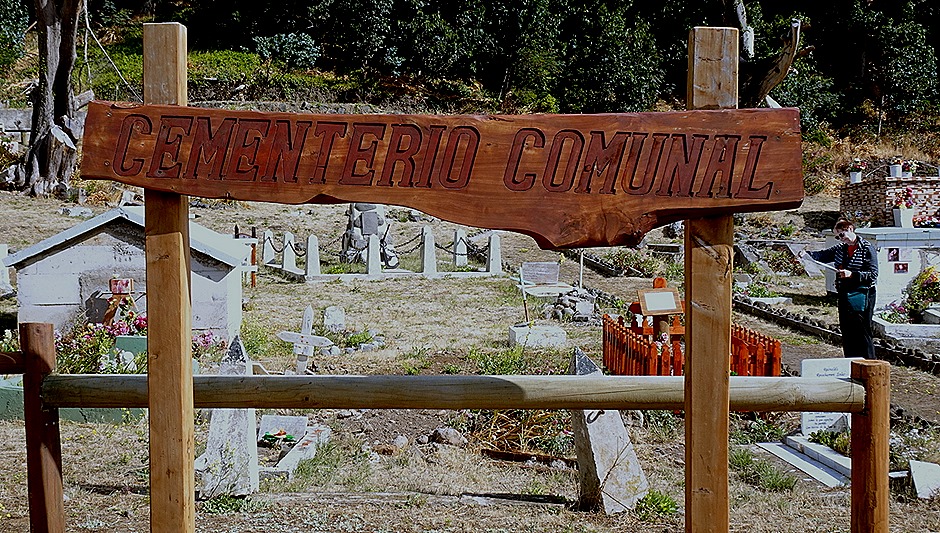




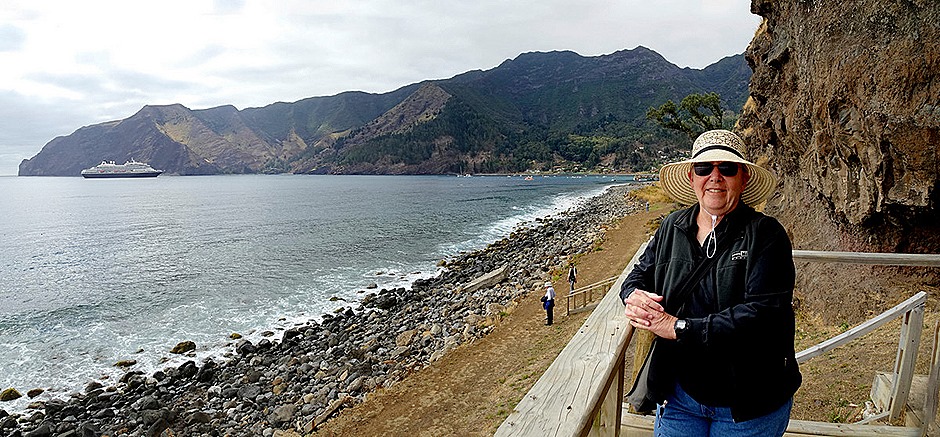











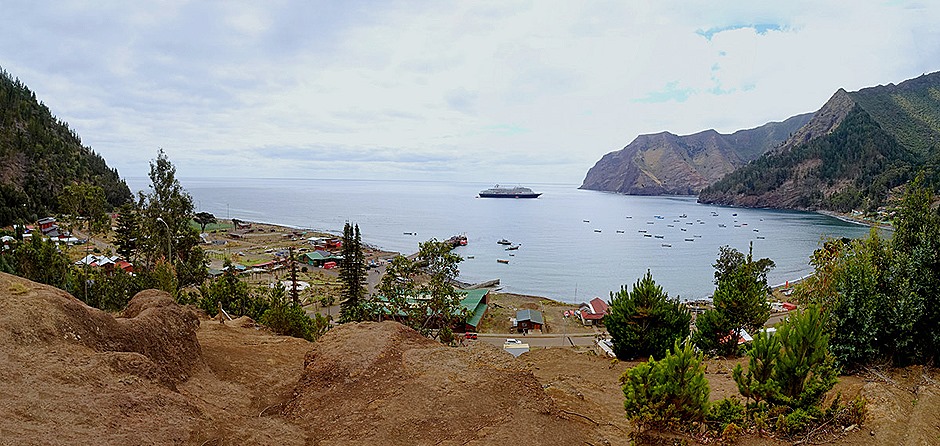






























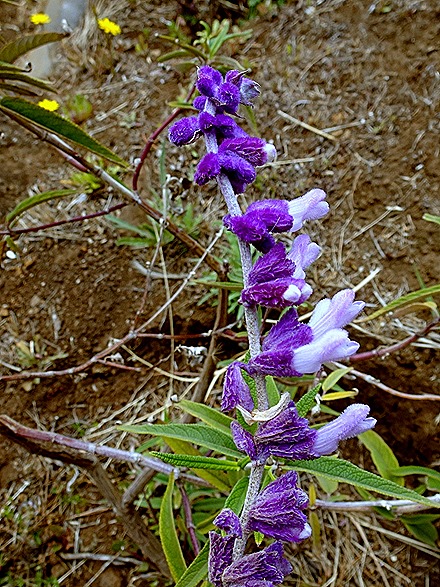


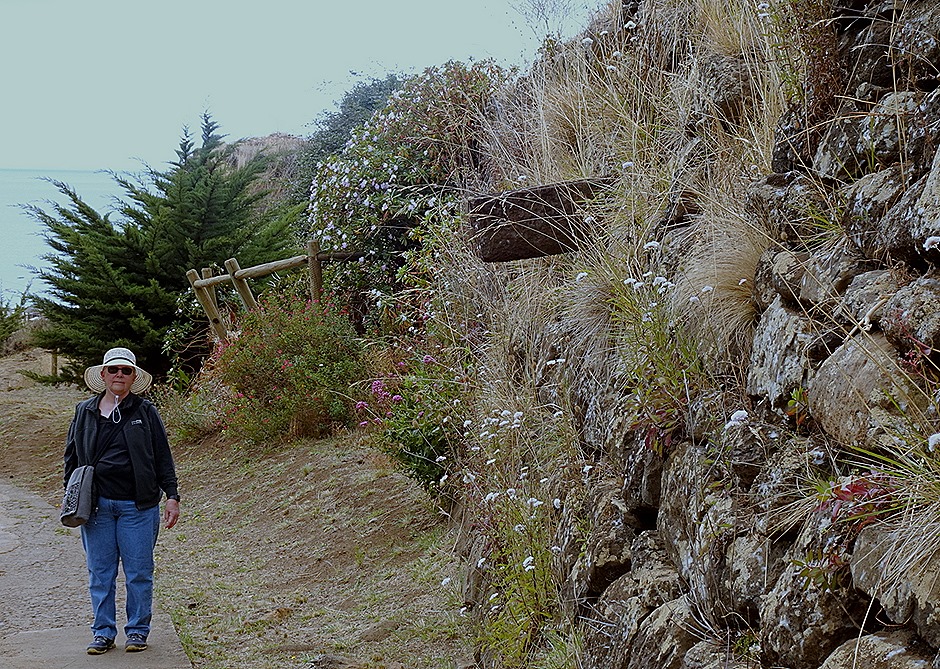








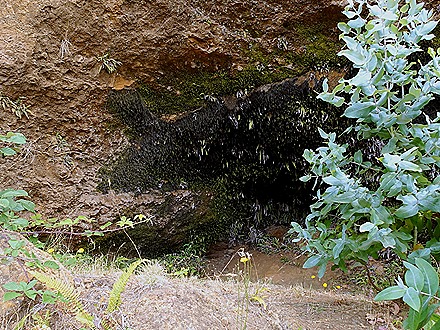




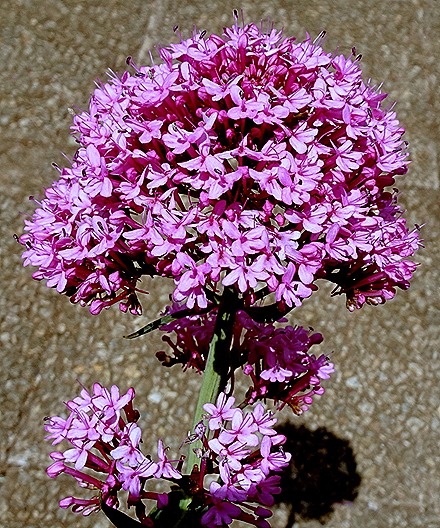


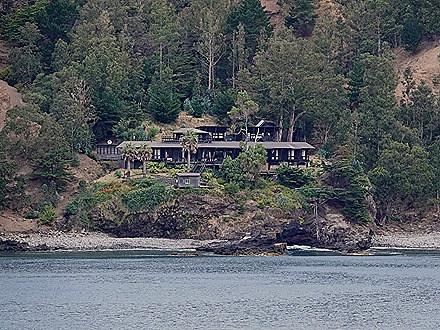



I loved this town. A lady shared a bite of her lobster with me as I said I don’t think I like Lobster. Del and I then sat down and spent 24.00 each for two lobsters The best I have had since. I remember the steep paths, would go back in a second. Thanks for the memories
March 16, 2019 at 2:29 pm
mistake made, when and look up and it was 24.00 for a half lobster. Still 48.00 but for only one lobster. Would do it again.
March 16, 2019 at 2:39 pm